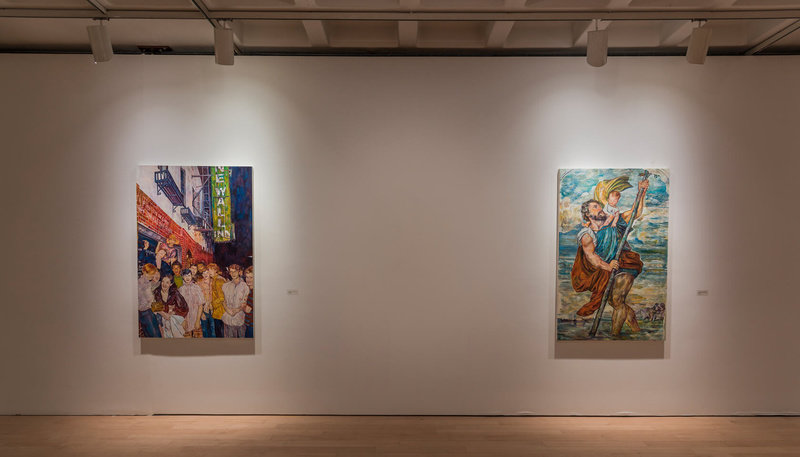Marlborough is pleased to present its third solo exhibition with Los Angeles-based artist Keith Mayerson. Heroes and Villain continues the artist’s career-spanning celebration of the public figures (both real and fictional) who shape our country’s culture and consciousness, and our monuments to freedom. Though we are living in politically divisive times, and there is much recent evidence to the contrary, Mayerson’s ongoing project can be characterized as a hopeful representation of America as a generally progressive and morally good nation that moves, slowly and determinedly, toward greater inclusiveness, social justice and peaceful coexistence.
Mayerson’s optimism is grounded in his reverence for our greatest leaders, pop-cultural icons, political dissidents and commentators. Approaching his Postmodern subject matter like a Modernist or Old Master, and working from photographs (his own and appropriated), he employs a method actor’s strategy of immersion in his subject. Listening to recorded biographies or albums as he paints to channel the spirit and world of the figure, he transmutes them into a complex accumulation of brushstrokes. It is precisely this emotional investment and ideological commitment that imbues these works with the artist’s earnest ambition to conjure paintings that transcend their source image.
A once-polarizing figure such as Malcolm X is rendered in razor-sharp detail but with a surprising, almost impressionist conglomeration of color. The triumphant rebels of the Stonewall uprising, painted from a historical photograph, embodies the exhilaration of newly exercised freedom. Elsewhere, a view from the rim of the Grand Canyon (the flag at half-mast for the the Sante Fe, Texas school shootings) is executed more freely en plein air reminding us that the symbolic sites of our national mythology are to be lived in and experienced first-hand, in the moment for all the sublimity that they can offer. Youthful survivor-activists of recent school shootings, from a generation often dismissed in the media as disengaged, are immortalized here for their courage and sacrifice in standing up for their own safety and survival.
Strength and sensitivity are hallmarks of Mayerson’s ethos and aesthetic, and fictional voices join the chorus of goodwill here as well. Comic book superheroes and Kermit the Frog make appearances as representatives of our bravest and best selves. And, as every story must also have a villain, Donald Trump fills this role succinctly as the antithesis to the artist’s uplifting worldview.
Reflecting the artist’s practice of also creating and teaching comics, these paintings are deliberately installed to speak to one another, ultimately creating a collective, non-linear narrative spanning generations and disciplines. While operating as lovingly and laboriously crafted individuals, the works should be experienced, in exhibition, as another chapter in Mayerson’s cumulative amalgamation of paintings that make up his evolving, expanding American Dream.
Below, a statement from the artist:
“My American Dream: Heroes and Villain” takes its cues from the majestic Brian Wilson/Beach Boys and Van Dyke Parks SMiLE song cycle, an opera of images of triumphant American leaders, creators, and places that have made our country a nation for others to follow. The one exception is a villain who wants to destroy the party—a malcontent demigod whose misery will hopefully be superseded by the others inspiration to continue the ascension of our United States. Historic civil rights leaders and saviors such as Malcolm X, Harriet Tubman, and the LGBTQ rioters of the Stonewall rebellion consort with current figures who are speaking truth to power—Emma González, Robert Mueller, and CNN’s George Acosta. Cultural icons and their makers such as Kermit the Frog and Miss Piggy (bringing up Jim Henson and Grant Wood), and Jane Fonda as cowgirl bandit Cat Ballou (in an homage to Warhol) hang out with meta-human superstars Batman, Wonder Woman, and Titian’s Saint Christopher (this time crossing between Washington D.C. and Yosemite, with the baby Jesus on his shoulder, to bring their blessing for safe passage to the country). The personal is political, and my personal hero, my husband Andrew Madrid, is depicted here lovingly embracing our pet goose Goldie, and wishing upon the Empire State Building for a better America. The city of New York makes other appearances: as the sun gleams upon its majestic buildings towards a new future, and in the welcoming beacon that is The Statue of Liberty. Nearby hangs a picture of Obama looking back at us with grave concern from my painting of the 9-11 attacks (from a photo by presidential photographer Pete Souza) from the presidents’ visit to the Whitney Museum during their downtown inaugural exhibition America is Hard to See. Andrew and I love the Grand Canyon, and in the painting (created en plein air) of our beloved sublime park, the flag was at half-mast from the then-recent school shootings in Santa Fe, Texas. One of the student survivors, the prophetically-named Rome, looks on from a painting installed nearby. Yosemite’s Tunnel View brings the show home in a wintery ecstatic reverie to our beautiful country. The single villain lurks from behind a corner, but is overwhelmed by the preponderance of hope and aspiration. It is my belief that the land and people that have made America truly great will continue to influence and give agency and hope to our troubled times.
More broadly, My American Dream is the continued non-linear narrative cycle of paintings I began in the George W. Bush era. Groupings of various paintings form “chapters” which are deliberately installed so that the images “talk with one another” in the manner of comic book panels. Like the American Transcendentalist Walt Whitman’s poetry collection Leaves of Grass, each painting is like a poem in a still-building series. I aspire to encapsulate the figures and landscapes that have helped to forge an ideological country that allows my family, along with the rest of the nation, to pursue “Life, Liberty, and the pursuit of Happiness,” despite the odds and terrific challenges of these last years. Each image is a Proustian madeleine, a talisman for thoughts and feelings that I hope to unconsciously bring to the work along with the conscious control of my brush, breaking images into painterly subconscious iconic abstractions in micro-managed moments. My installations, in the juxtaposition of images, perform almost like dreams, with scenes and portraits that bring to mind dream space and time in the theater of the gallery. I’m particularly proud that this is my first exhibition in the 57th street gallery. I hope that it seems as if this historic space has been transformed into the Gotham headquarters for a superhero team of legendary Americans. Even with a supervillain appearing in their midst to engage an epic battle, the mythic good triumphs over the banality of evil.
As I am so inspired by the ideology and machinations of comics, I am especially honored to be showing alongside my friend and hero Art Spiegelman. Considered to be one of the most important and prominent cartoonists and artists in the world, Spiegelman presents a group of lithographs and silkscreen print multiples in the adjacent gallery.
— Keith Mayerson
Keith Mayerson is known for his work encompassing portraits, historical scenes, landscapes, and more. Through his paintings, Mayerson creates broader narratives, citing comic books as an inspiration and influence. Keith Mayerson was a Semiotics and Studio Art Major at Brown University where he received his BA in 1988. In 1993, he earned his MFA from the University of California Irvine, and is now Professor of Art at the University of Southern California. Mayerson has exhibited his art in galleries and museums since 1993. His work is featured in the permanent collections of the Whitney Museum of American Art, the Museum of Modern Art, New York, the Museum of Contemporary Art, Los Angeles, the Los Angeles County Museum of Art, the San Francisco Museum of Modern Art, the Cleveland Museum of Art, the Columbus Museum of Art and the Davis Museum of Wellesley College, MA. His graphic novel Horror Hospital Unplugged, a collaboration with the writer Dennis Cooper, is well known among graphic artists. A graphic novel biography of James Dean is forthcoming, to be published by Fantagraphics. Mayerson’s work was prominently featured in the Cleveland Museum of Contemporary Art with a solo show My American Dream, the Whitney Biennial, and the Whitney Museum’s inaugural show, America is Hard to See.
Works

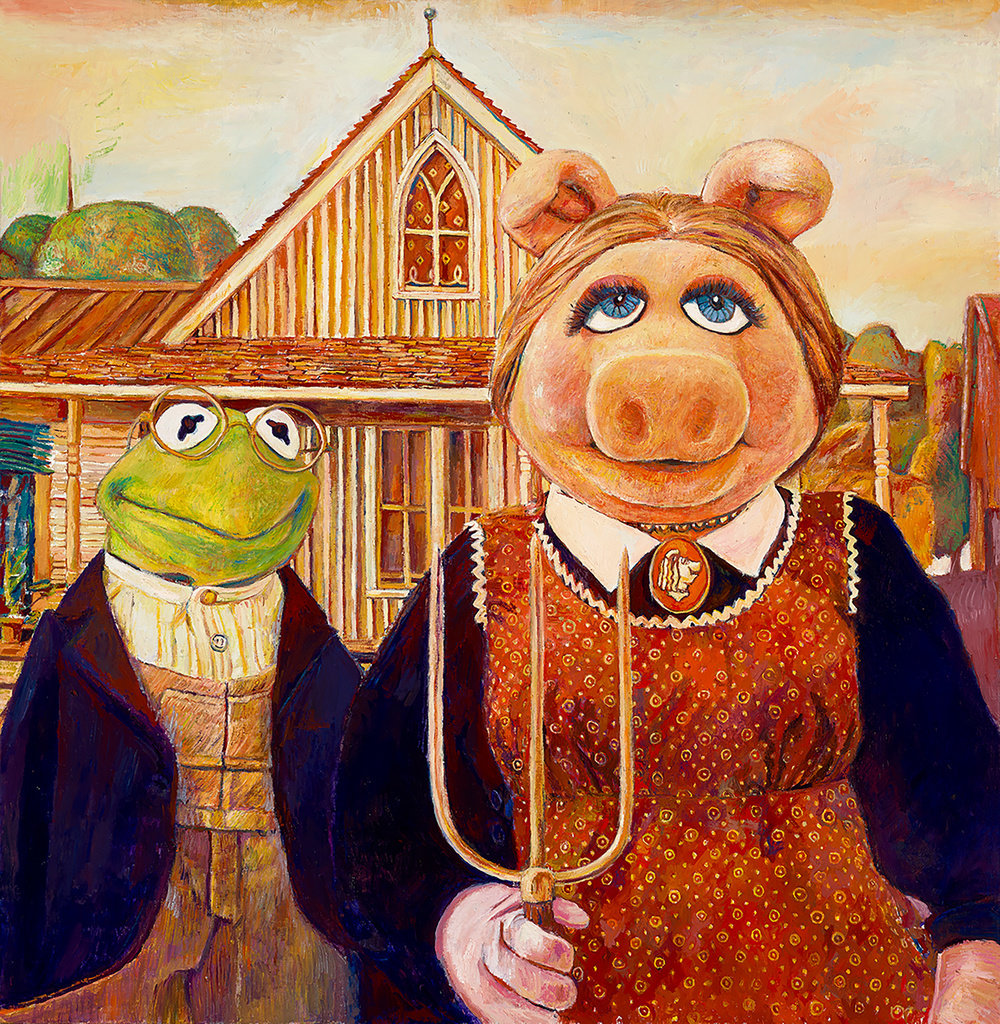
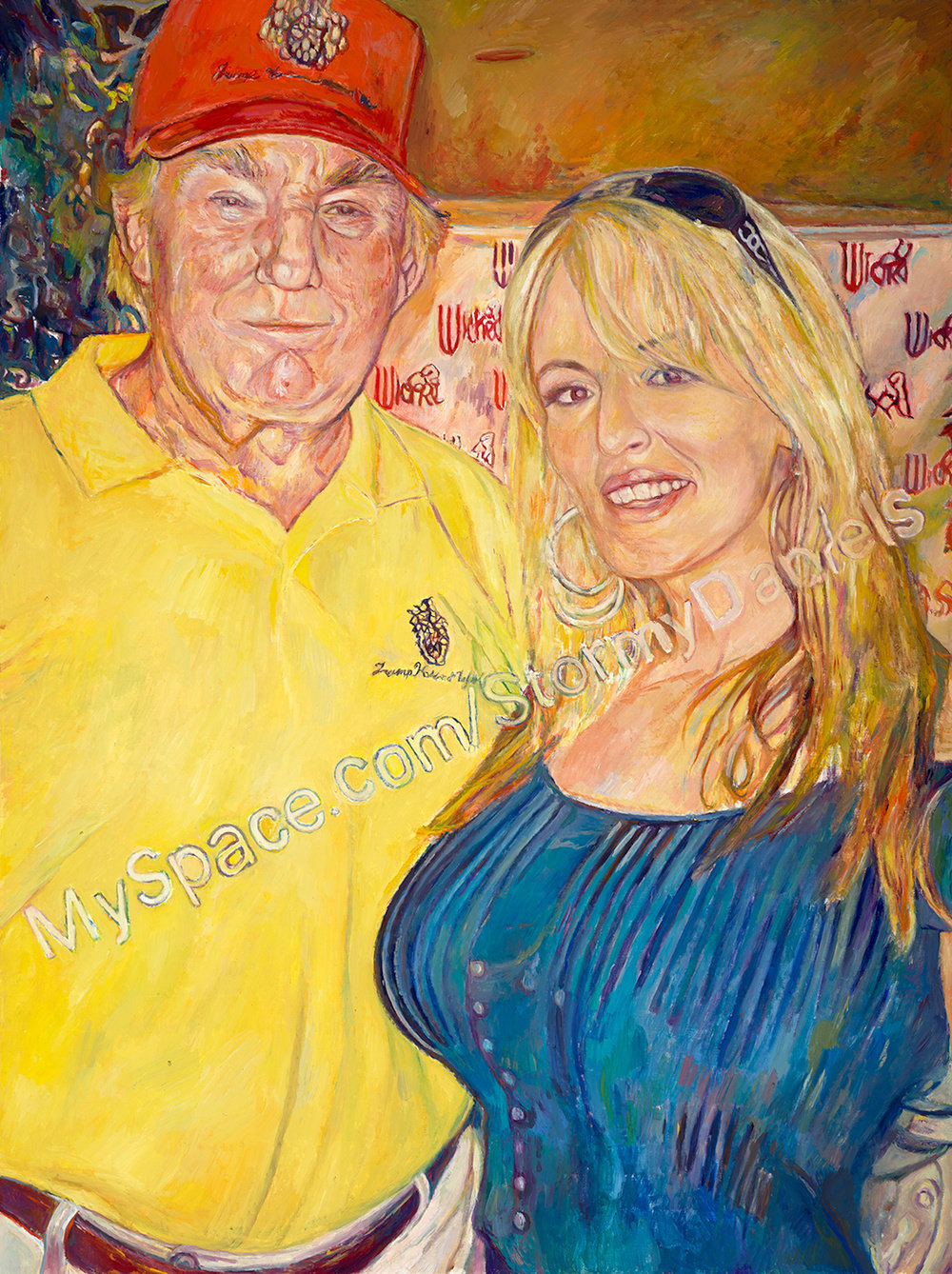
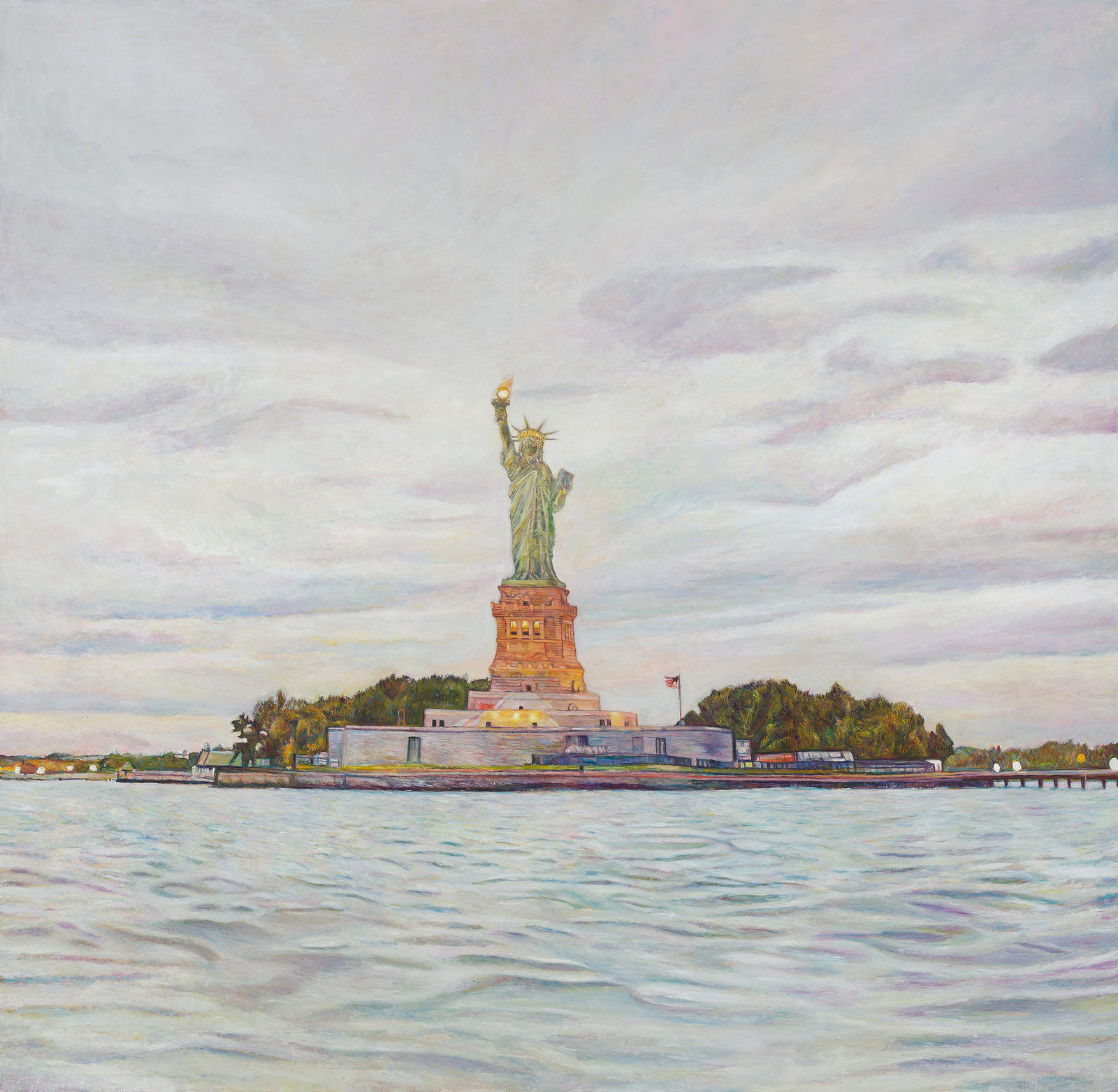
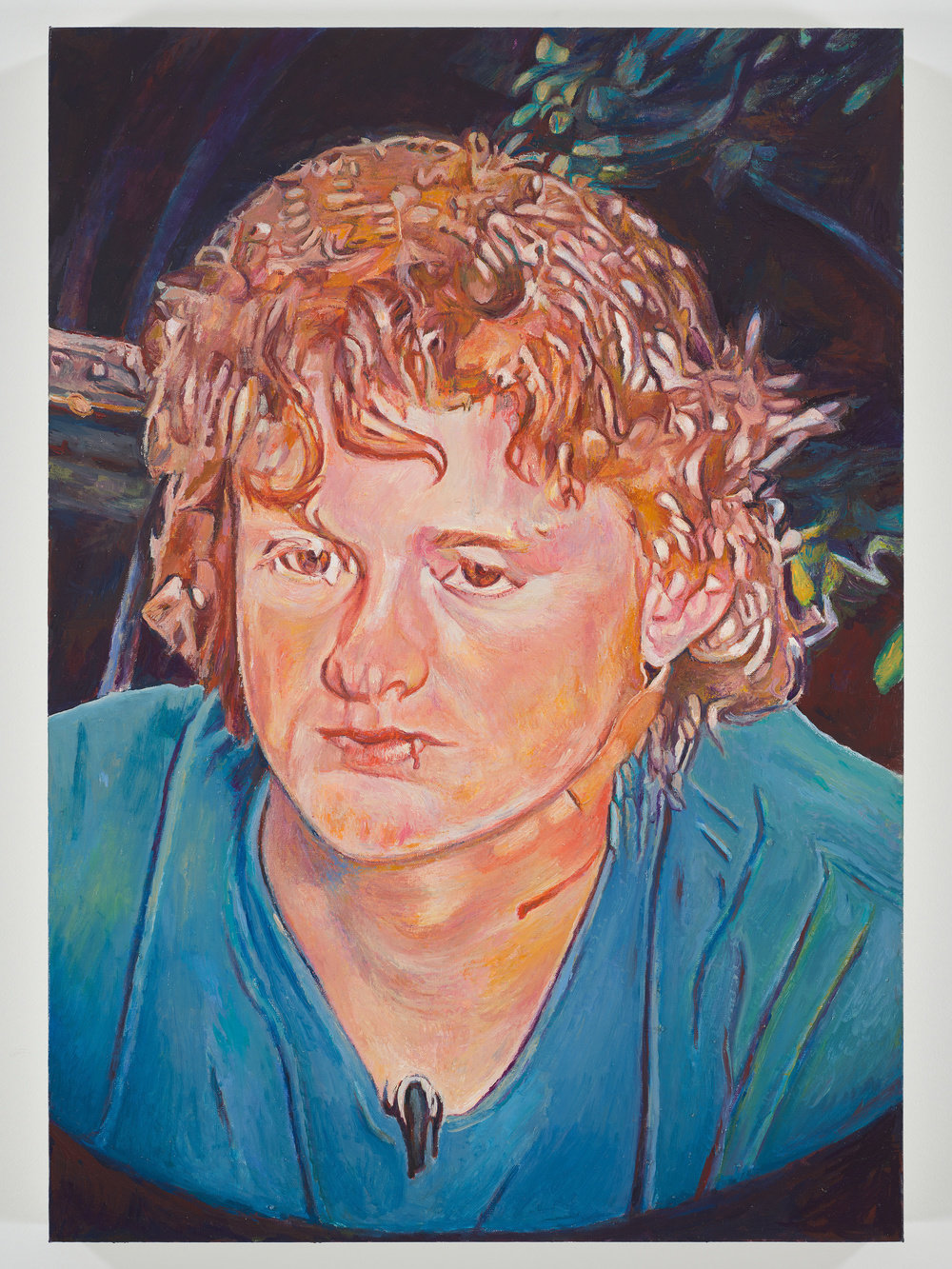
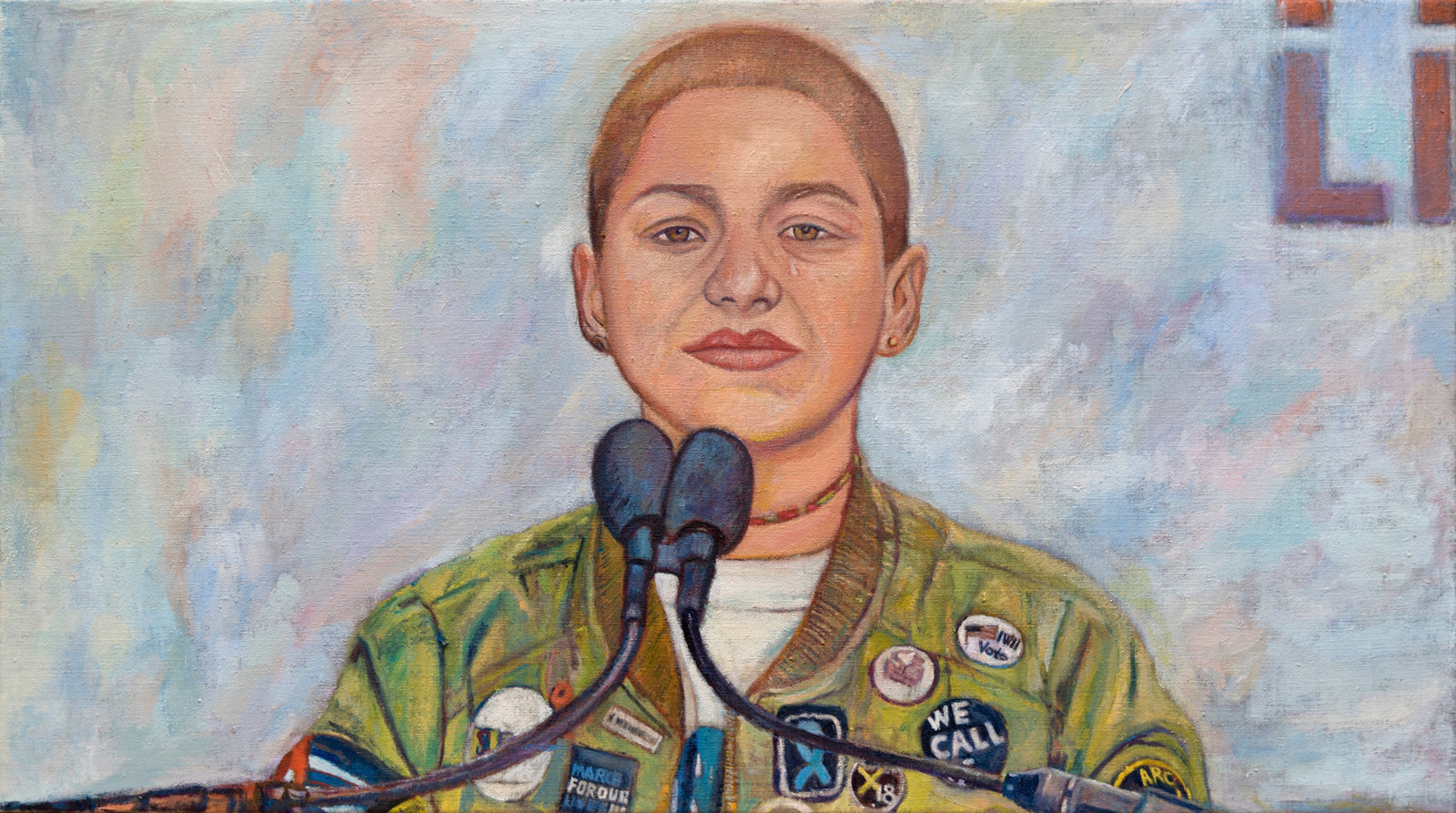

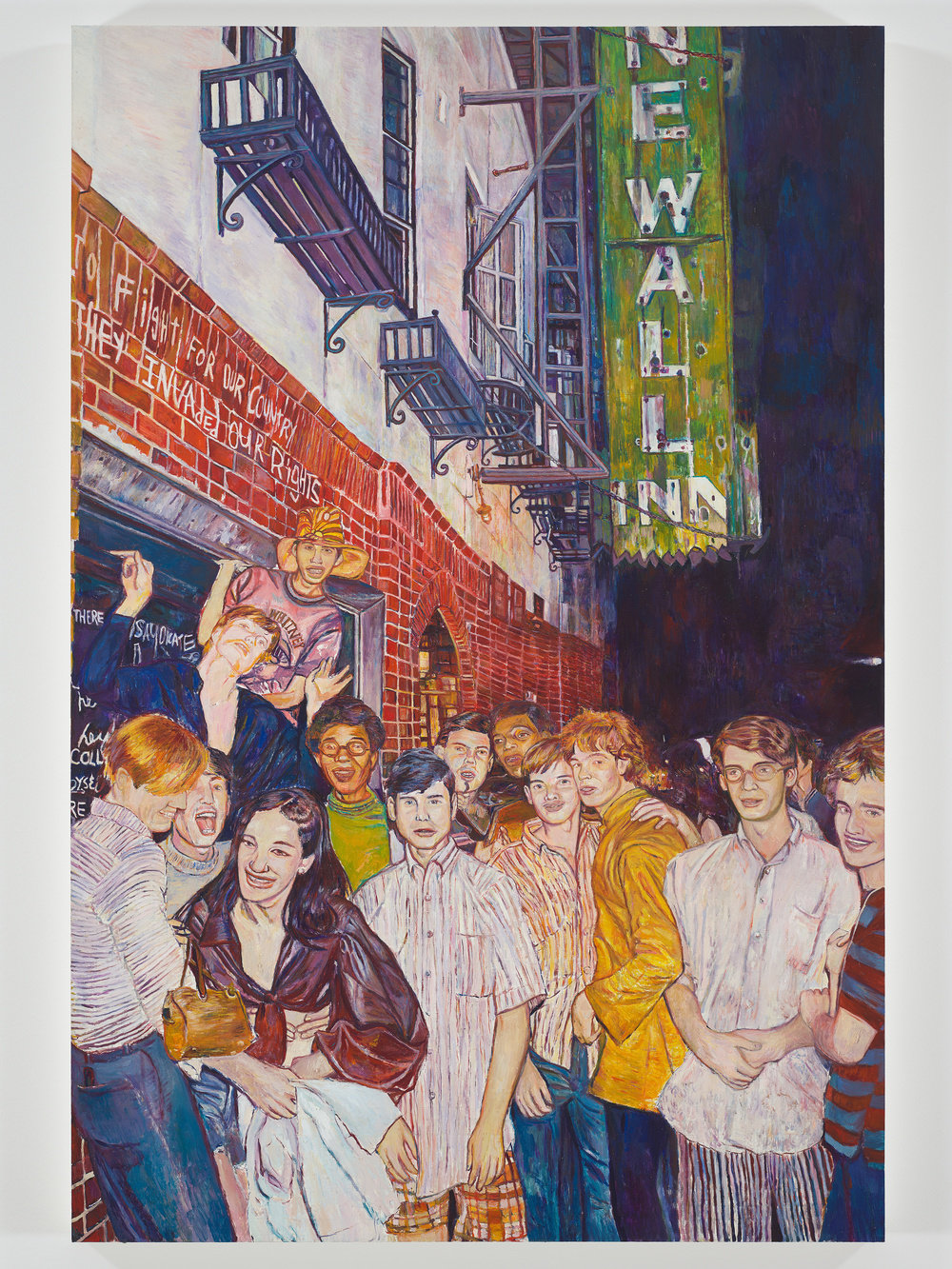
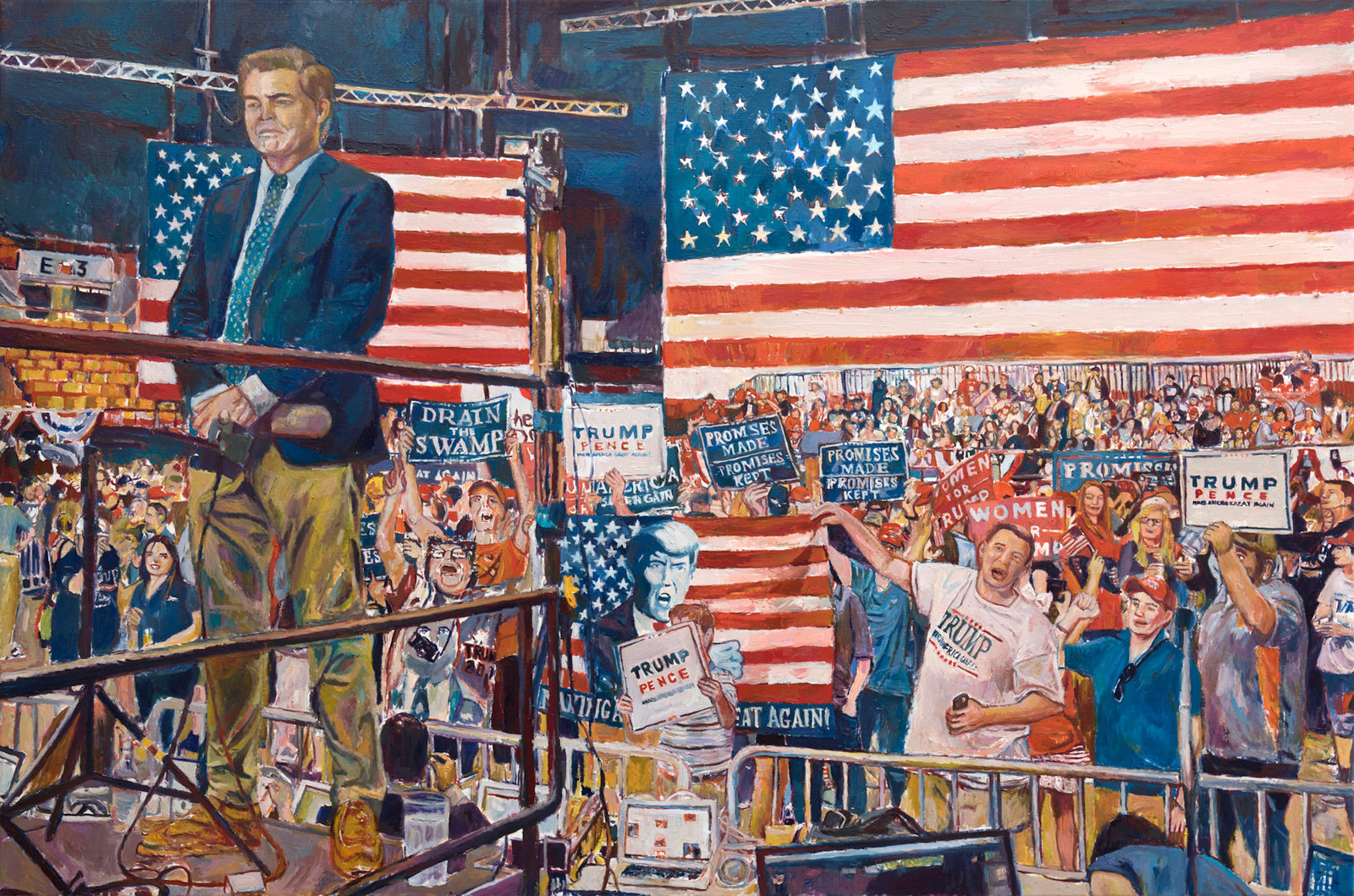
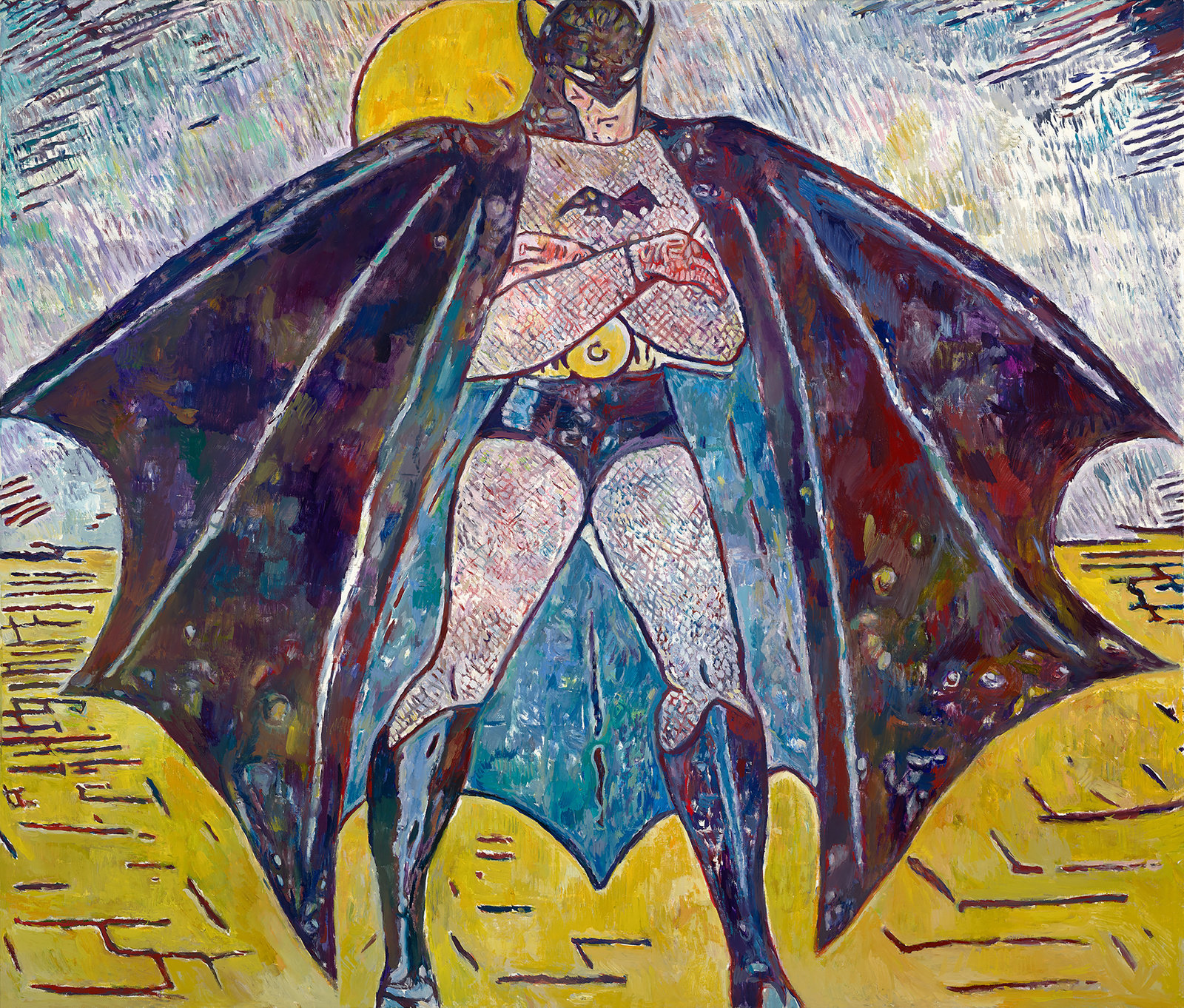
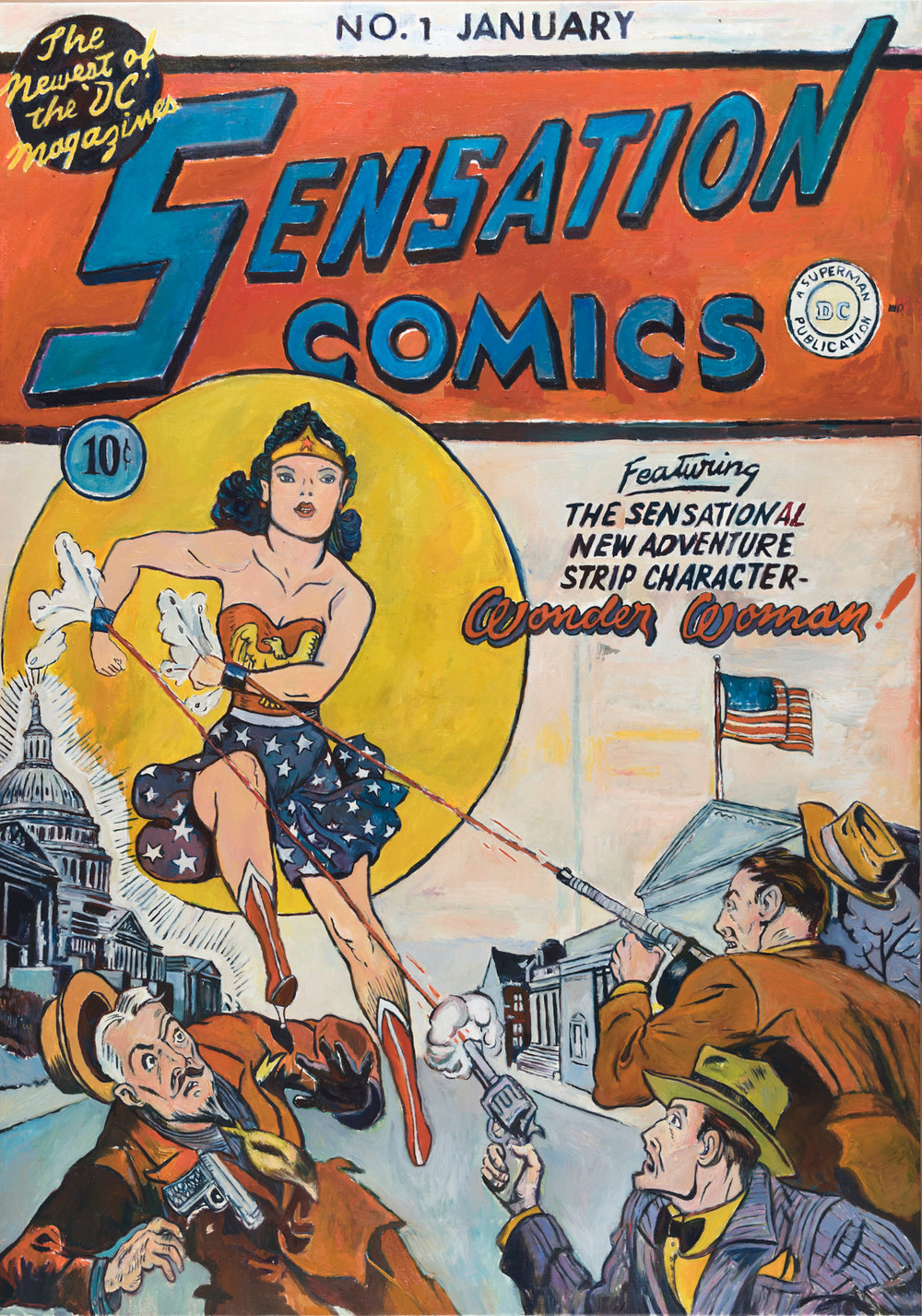
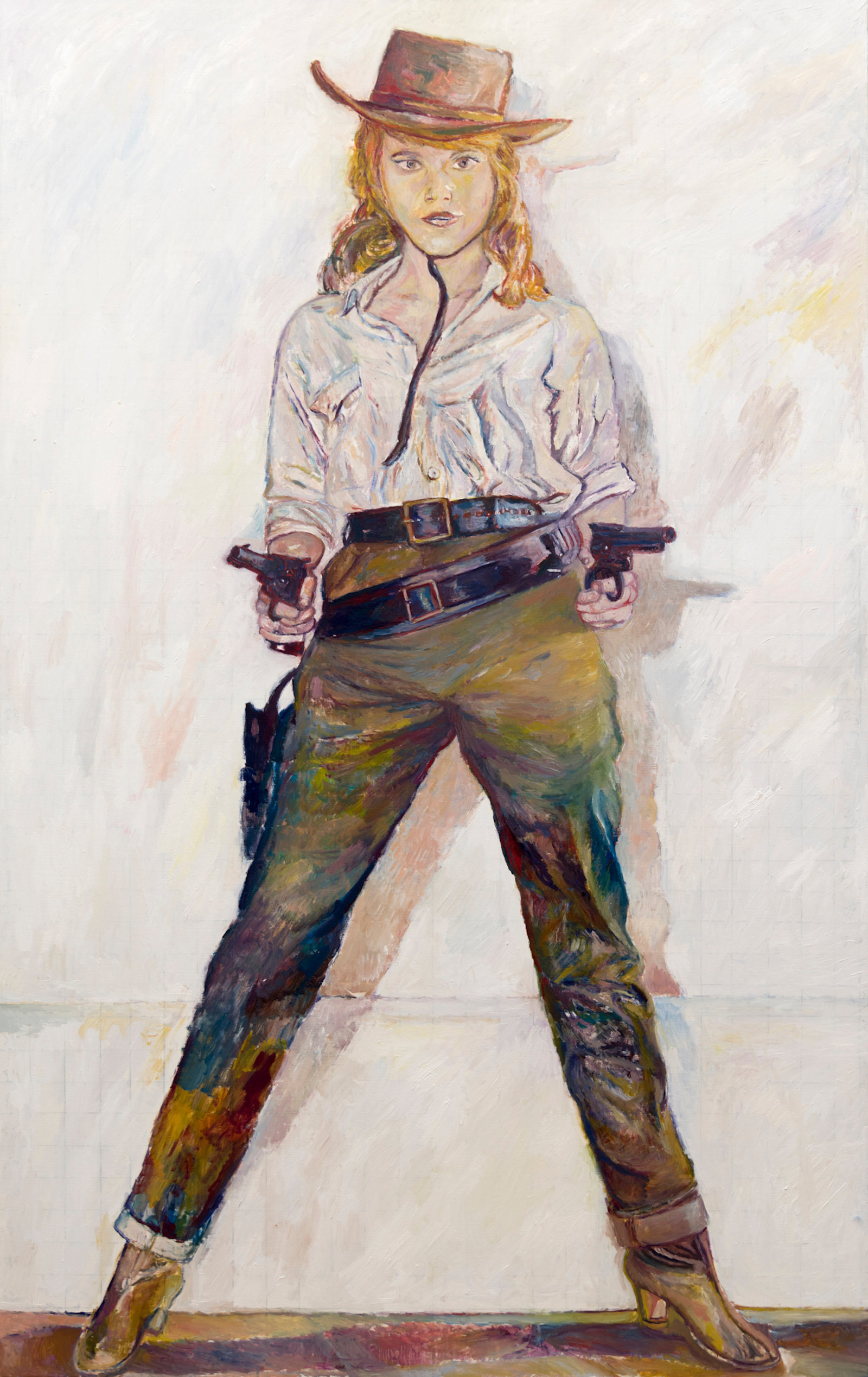

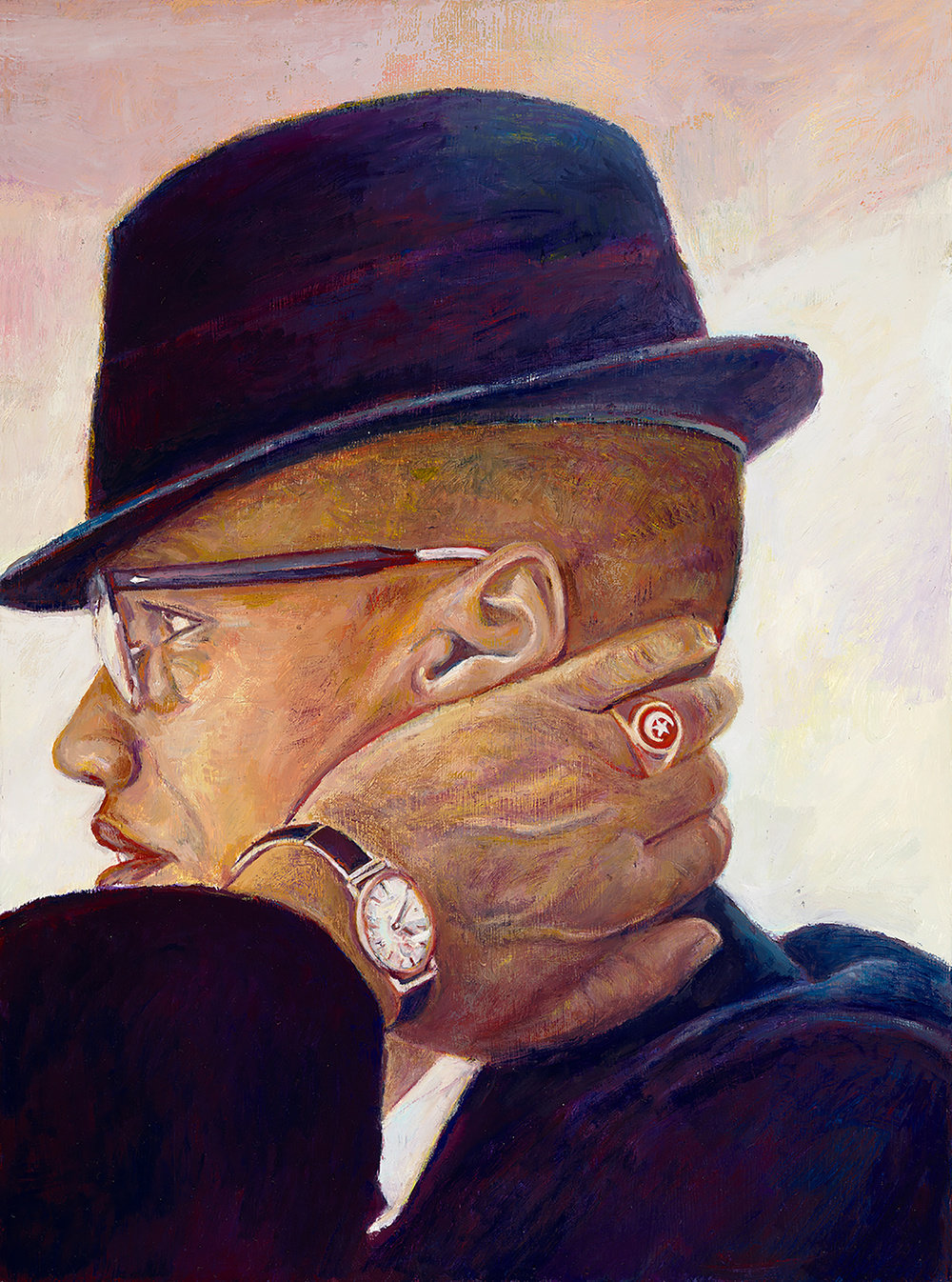
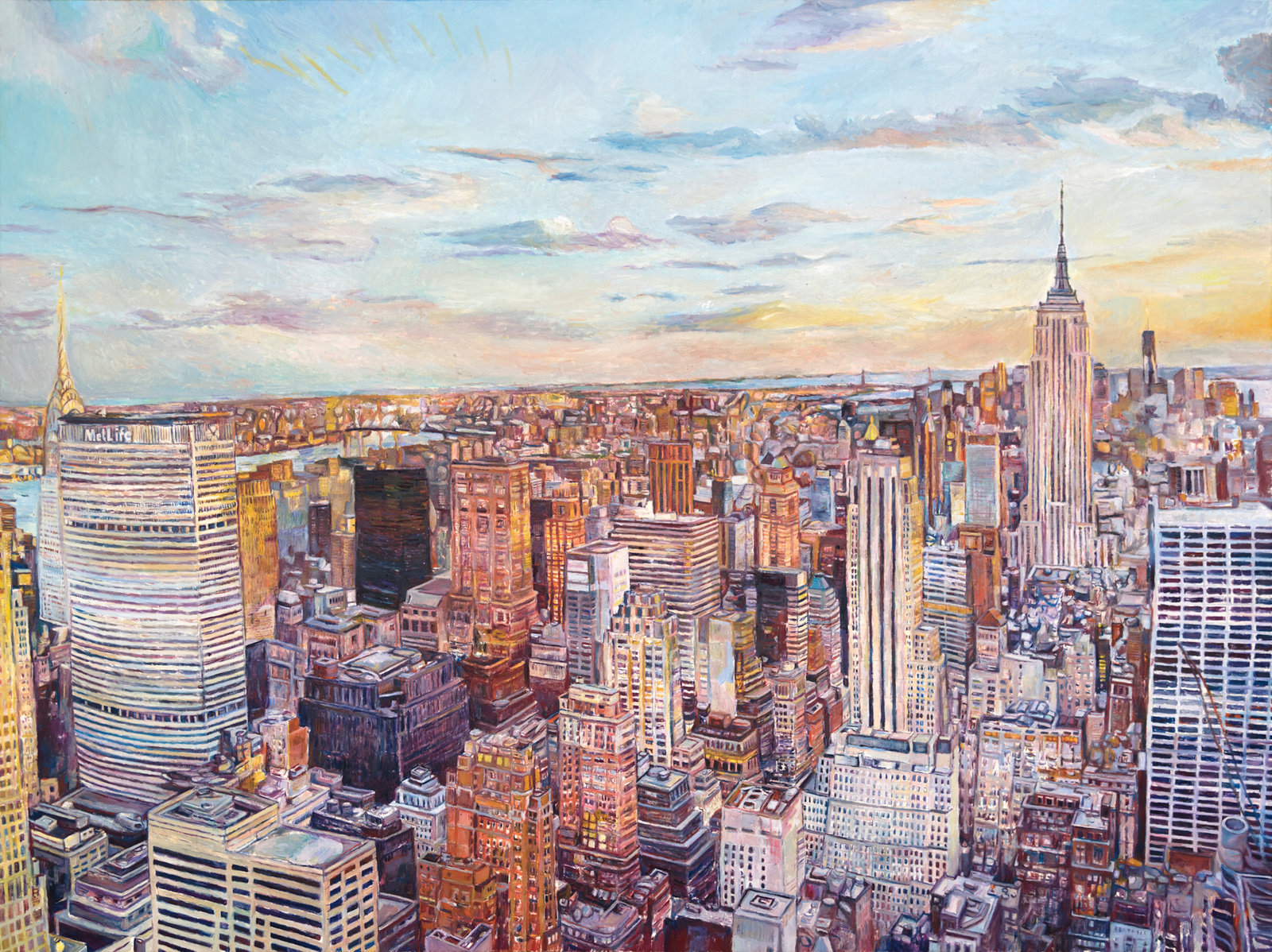
Press
